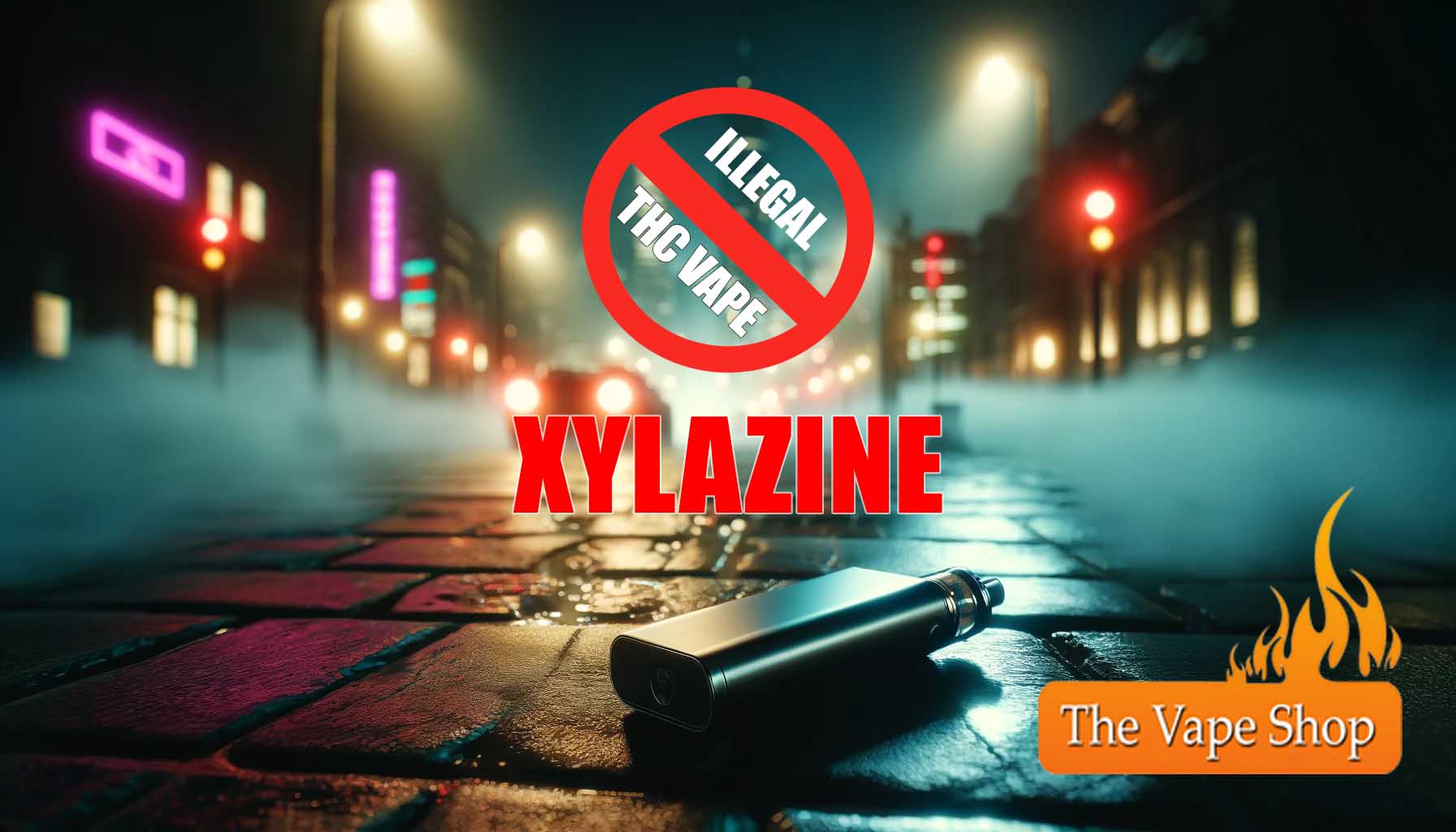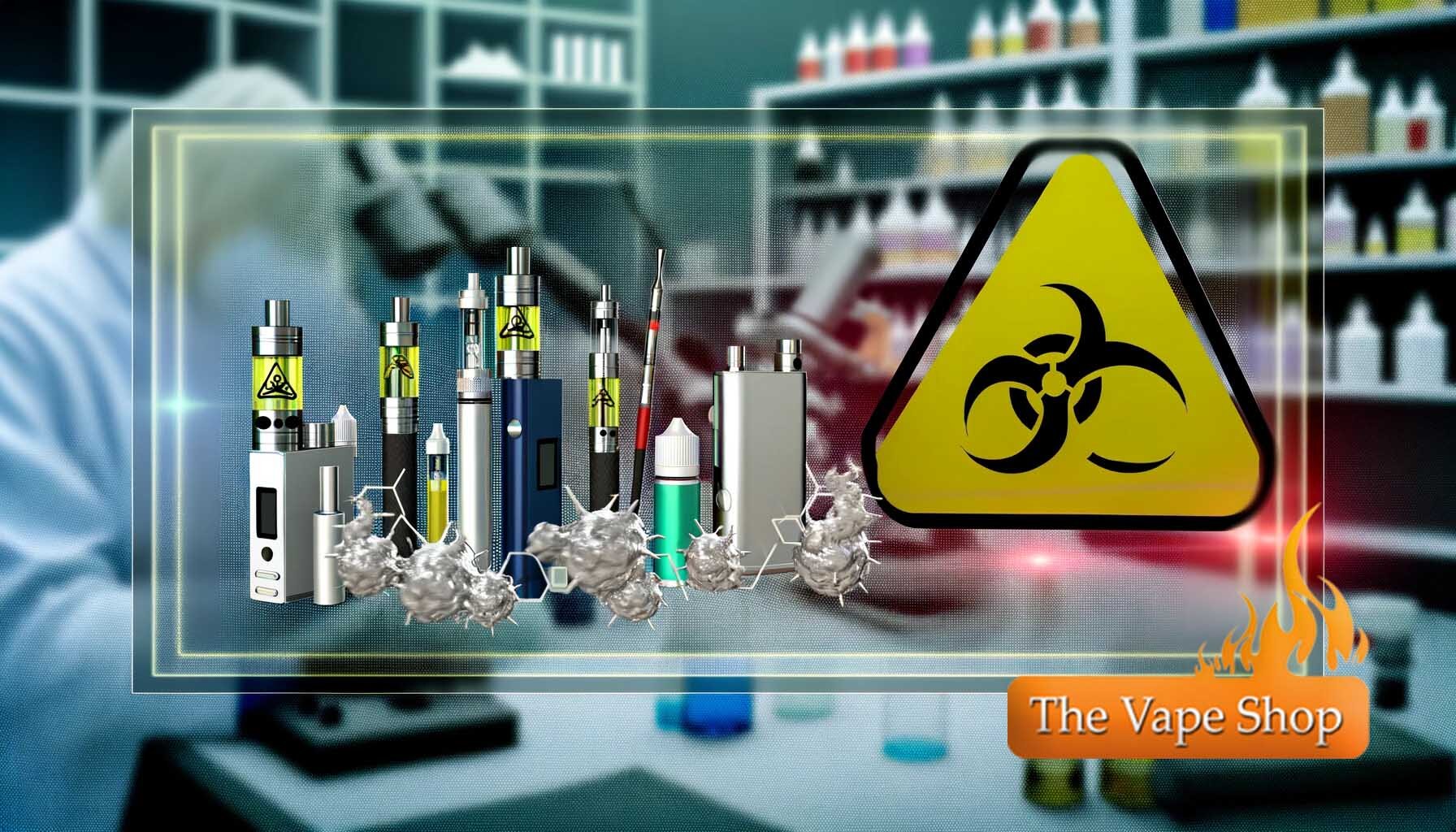Growing Concerns Over E-Cigarette Safety
The growing scepticism among England’s smokers towards the safety of vaping can be attributed to a variety of factors. Over the years, the media has reported on various health incidents related to vaping, including cases of lung injury in the US tied to the use of vitamin E acetate in THC-containing e-liquids, which may have contributed to the rising concerns. Furthermore, the regulatory environment around vaping has been evolving, with increasing restrictions on vaping products and marketing, potentially influencing public perception. Despite these concerns, it’s crucial to understand the body of scientific evidence that differentiates the health impacts of vaping from traditional smoking.
The Real Risks of Smoking vs. Vaping
Smoking remains the leading cause of preventable death worldwide, with traditional cigarettes burning tobacco to deliver nicotine, producing smoke that contains over 7,000 chemicals, hundreds of which are toxic, and about 70 known carcinogens. These substances are directly linked to a wide range of diseases, including cancers of the lung, throat, mouth, and oesophagus, cardiovascular diseases, and respiratory illnesses. According to the World Health Organisation (WHO) and the Centers for Disease Control and Prevention (CDC), smoking kills up to half of its users, amounting to more than 8 million deaths annually worldwide, including around 1.2 million from exposure to secondhand smoke.
In contrast, vaping delivers nicotine by heating a liquid in a much less harmful process. While e-cigarettes are not free from health risks, Public Health England (PHE) has maintained the estimate that vaping is around 95% less harmful than smoking. This estimate is based on the significantly lower levels of harmful chemicals in e-cigarette vapour compared to cigarette smoke. However, it’s important to acknowledge that e-cigarettes are relatively new, and long-term studies are ongoing to understand their health implications fully.
Despite these distinctions, the survey’s findings indicate a growing public misperception of the relative risks of vaping and smoking. This misperception could deter smokers from switching to a less harmful alternative, potentially missing out on a significant harm reduction opportunity. The NHS and public health bodies like Cancer Research UK stress that while quitting smoking altogether is the best option, switching to vaping can be a viable step for smokers struggling to quit.
The implications of these shifting attitudes are significant. They underscore the need for continued public education and transparent communication about the relative risks of smoking and vaping. Addressing these misconceptions is crucial in ensuring that smokers have accurate information to make informed decisions about their health and in guiding public health policies that aim to reduce smoking rates and prevent smoking-related diseases.
A Call for Clearer Communication
The call for clearer communication by experts from University College London (UCL) underscores a critical issue in public health messaging and tobacco control policies. The confusion among the public regarding the relative risks of vaping compared to smoking is not just an academic concern; it has real-world implications for the health decisions of millions of smokers. The experts’ emphasis on the potential for misperception to discourage smokers from switching to e-cigarettes is a crucial point, considering the significant difference in harm between the two.
The Role of Media and Public Perception
The role of media in shaping public perceptions cannot be overstated. High-profile reports of vaping-related illnesses, particularly those without clear distinctions between nicotine e-cigarettes and illicit THC products, have contributed to a heightened sense of alarm. This alarm, while understandable, often lacks the nuanced context that distinguishes between different types of vaping products and their associated risks. Such context is crucial, as the relative risk of legally regulated nicotine e-cigarettes is markedly lower than that of smoking tobacco or using unregulated vaping products.
Government Initiatives and Mixed Messages
The government’s response, including proposals to offer free vaping starter kits to smokers, indicates a recognition of the potential benefits of vaping as a harm reduction tool. However, the effectiveness of such initiatives can be undermined by mixed messages and regulatory actions that may inadvertently stigmatise all forms of vaping. The delicate balance between regulating to protect non-smokers, particularly youth, from taking up vaping, and not discouraging smokers from using e-cigarettes as a cessation tool, is a challenge for policymakers.
Calls from Health Advocacy Groups
Health advocacy groups, including Action on Smoking and Health (Ash) and Forest, emphasise the need for public education that accurately reflects the relative risks of smoking and vaping. Their calls for dispelling myths around vaping are aimed at preventing misinformation from acting as a barrier to smokers who might otherwise consider switching to a less harmful alternative. This perspective highlights the importance of evidence-based communication strategies that can navigate the complexities of public health messaging.
Navigating Complexities: Enhancing Public Health Messaging for Informed Choices
The study’s findings and the subsequent calls for clearer communication serve as a reminder of the complexities involved in public health messaging around smoking and vaping. The ultimate goal is to ensure that smokers have access to accurate, evidence-based information to make informed decisions about their health. Achieving this requires a concerted effort from government bodies, public health organisations, media, and advocacy groups to provide balanced, clear, and factual messaging about the risks and benefits of vaping compared to smoking. Such an approach is essential in leveraging the potential public health benefits of vaping as a harm-reduction tool while minimising its risks.














